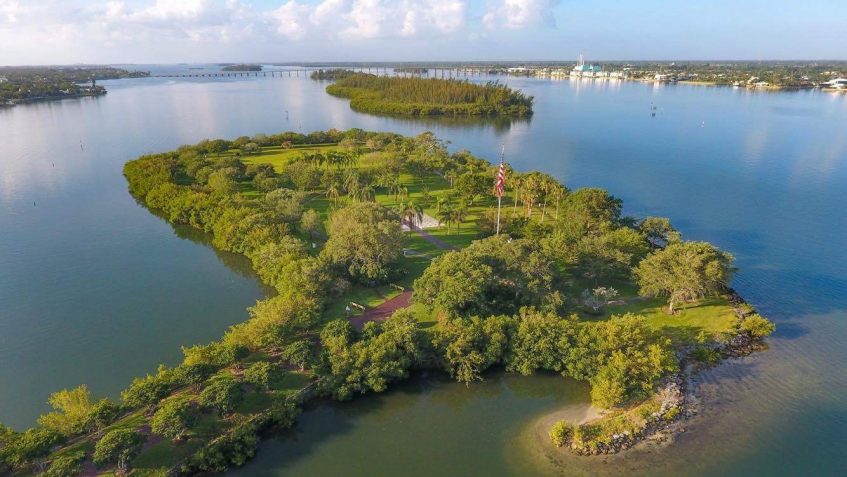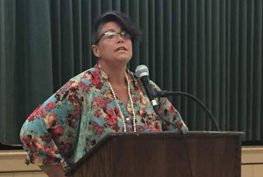Blue Cypress Lake, Indian River Lagoon Being Impaired by Human Waste
There is a foul secret among some agriculture operations in Florida and it relates to what comes out of your toilet.
“Biosolids” is the name for the sludge left over after bacteria decompose human waste from municipal treatment of sewage. It is high in nitrogen and phosphorus — nutrients essential to plant growth, yet devastating to waterways if released in high concentrations.
According to a 2016 U.S. Environmental Protection Agency report, 53 percent of Florida’s rivers, 82 percent of its lakes and reservoirs, and 32 percent of bays and estuaries are impaired by nitrogen and phosphorus. If ever an oxymoron existed, it is the “Department of Environmental Protection” under Gov. Rick Scott.
Florida spends hundreds of millions of dollars each year to “fix” waterways devastated from algae blooms caused by excess nutrients. And yet, it fails to adequately regulate the very activities that give rise to nutrients entering those waterways.
If you believe the Indian River Lagoon is the only waterway in our area impacted by these nutrients, think again.
One of Indian River County’s crown jewels is Blue Cypress Lake. Located in the western part of the county, it is surrounded almost completely by native shoreline. The lake is bordered by conservation land to the north, east and south. Because development was kept away from the shoreline and the surrounding land was preserved, Blue Cypress Lake remained mostly pristine while other waterways were choked with pollution.
Not anymore.
As reported by Orlando Sentinel’s Kevin Spear, the lake has experienced a spike in nutrients and the culprit may be the spreading of biosolids on nearby ranch lands.
Of 67 Florida counties, Indian River County has the third-highest acreage of land application of biosolids per year, according to a 2013 summary report by the state Department of Environmental Protection. More than 8,200 tons of biosolids were permitted to be disposed of or imported to Indian River County in 2016.
The agency’s response to the increased pollution levels found in Blue Cypress Lake was predictable: “We will continue to let science guide our restoration efforts and will take into account new science as it becomes available.”
Our governor, who refuses to accept science, will have DEP protect our waterways based on “science”?
Is there any doubt why our waterways are so polluted?
St. Lucie County recently passed an ordinance to regulate the application of biosolids on land within its jurisdiction. Some legal arguments have been raised about whether the county is allowed to regulate biosolids at the local level.
The legal argument against St Lucie County’s ordinance is that the regulation of biosolids has been preempted to the state. Therefore, only the Florida Department of Environmental Protection may regulate (or prohibit) the application of biosolids. Whether this legal argument is correct distracts from the crucial health issues that must be addressed.
If the agency actually protected the environment and exercised its proper authority, counties wouldn’t need to regulate things like biosolids.




